When thinking about the animal kingdom, we often imagine creatures that live for years, or even decades. However, some animals experience incredibly brief lifespans, with their entire existence spanning just days, hours, or even minutes. In this article, we’ll explore what animal has the shortest lifespan, and work our way through a list of short-lived creatures, ranked from the briefest life spans downwards. These animals serve as a reminder that life, no matter how fleeting, plays an important role in nature.
Topping the list for the shortest lifespan is the mayfly. These delicate insects are famous for their brief adult lives, which can last anywhere from just a few minutes to 24 hours. Mayflies spend the majority of their lives in their aquatic nymph stage, sometimes for years, but once they reach adulthood, their main task is to reproduce. In fact, some species of mayflies only live for a few hours, just long enough to mate and lay eggs.
Why so short? Adult mayflies don’t have functioning mouths and therefore cannot eat, meaning their sole purpose is reproduction.
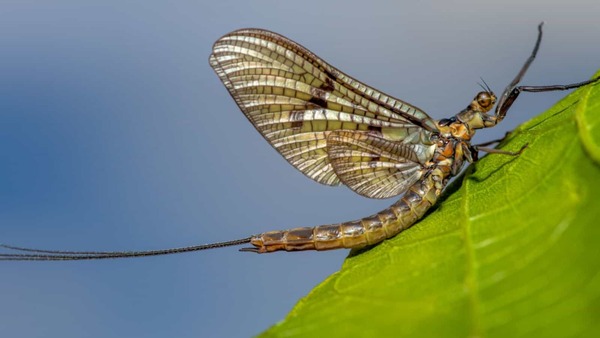
Another incredibly short-lived creature is the gastrotrich, a microscopic aquatic organism found in oceans and freshwater environments. These tiny invertebrates, which are less than a millimeter long, have a lifespan of only three to four days. Despite their short lives, gastrotrichs play an essential role in aquatic ecosystems, feeding on bacteria and algae, and helping to keep water environments clean.
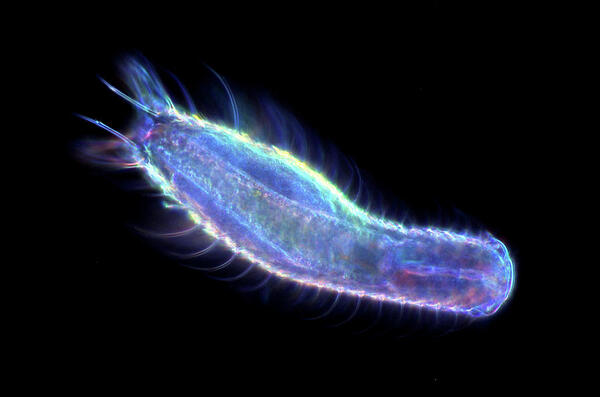
Male ants and bees, known as drones, have relatively short lifespans compared to the queens and worker members of their colonies. Drone ants typically live for only a few weeks, as their sole purpose is to mate with a queen. Once they’ve fulfilled their reproductive role, they usually die shortly after.
Similarly, drone honeybees live for a few weeks during the breeding season, and they also perish after mating with a queen. Worker bees, by contrast, can live for several months, and queens can live for years.
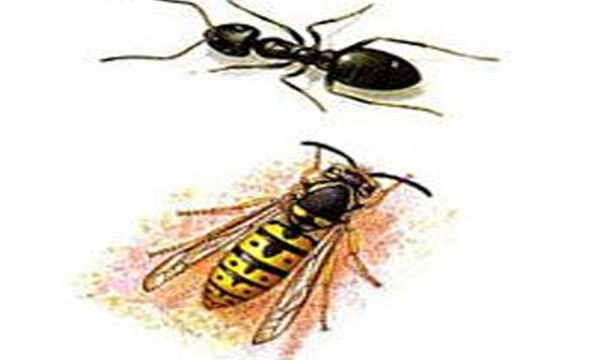
The common housefly is another creature with a short lifespan, averaging 15 to 30 days. Flies undergo several life stages—egg, larva, pupa, and adult—and while their time as adults is limited, they reproduce rapidly. A female housefly can lay hundreds of eggs in her brief life, ensuring the continuation of her species in a short span of time.
Interesting Fact: Houseflies have a high reproductive rate, laying about 500 eggs in a few days.
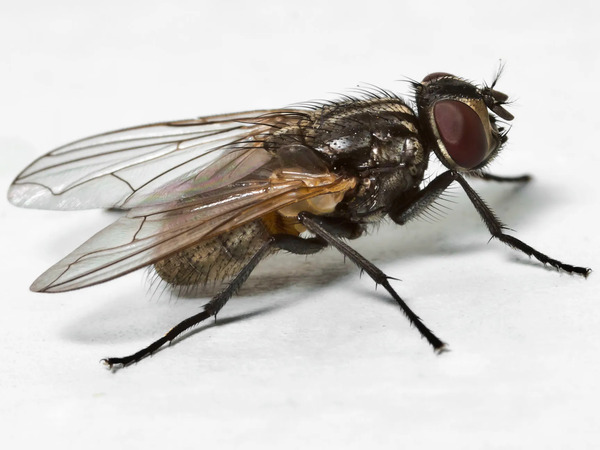
While mosquitoes can be pesky, their lives are quite short. Most adult mosquitoes live for just two to eight weeks, though this can vary depending on the species and environment. Female mosquitoes, responsible for biting humans and animals to obtain blood for egg production, tend to live longer than males, which often die shortly after mating.
Fun Fact: Some species of mosquitoes can enter a form of hibernation during colder months, extending their lifespans by a few extra weeks.
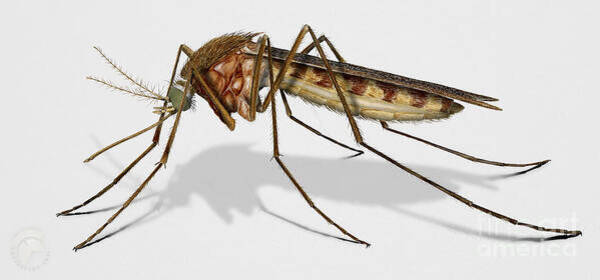
Fruit flies are another short-lived insect, with an average lifespan of 40 to 50 days. These tiny flies are frequently used in scientific research because of their rapid reproductive cycles and genetic similarities to humans. Despite their short lives, fruit flies can lay hundreds of eggs, quickly creating new generations.
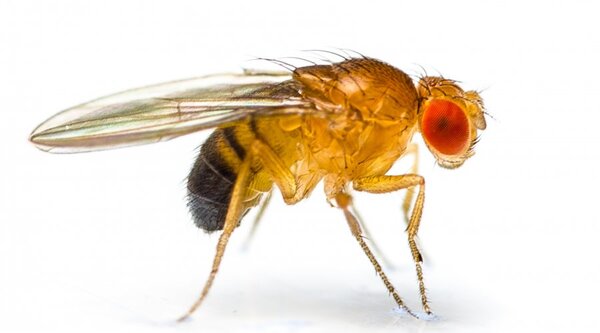
Dragonflies have an interesting lifecycle. While the adult dragonfly lives for only a few months, the nymph stage in water can last anywhere from two months to five years. Once they emerge from the water and become adults, their time is limited to a few short months during which they must mate and lay eggs.

Most butterflies live for a period ranging from a few weeks to about one year, depending on the species. For example, the Painted Lady butterfly has a lifespan of roughly 12 months. However, like many other insects, a significant portion of their life is spent in the pupal or caterpillar stages. The adult butterfly phase, during which they reproduce and pollinate flowers, is the final and shortest part of their life.
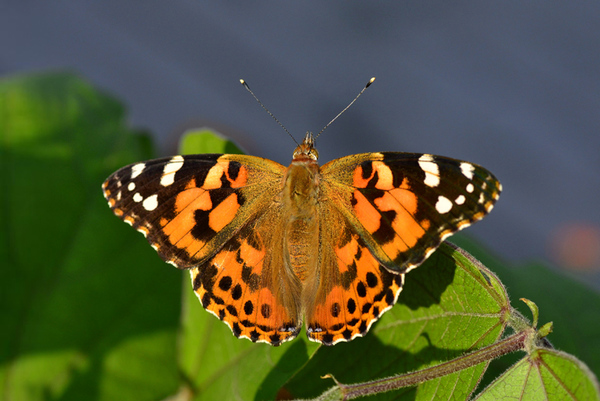
The Labord’s chameleon, found in Madagascar, is one of the shortest-lived vertebrates, with a lifespan of only one year. Remarkably, these chameleons spend eight to nine months of that year developing inside their eggs, leaving them only a few months to grow, reproduce, and die. This accelerated lifecycle is unusual among vertebrates, which typically live much longer.
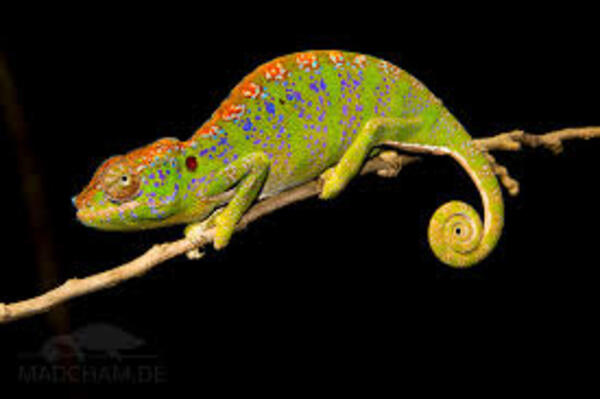
House mice have relatively short lives, usually one to two years, though this can be shorter in the wild due to predators and environmental factors. Despite their brief existence, house mice reproduce quickly and prolifically, with females capable of giving birth to multiple litters per year. This rapid reproduction helps them maintain large populations, even with short individual lifespans.
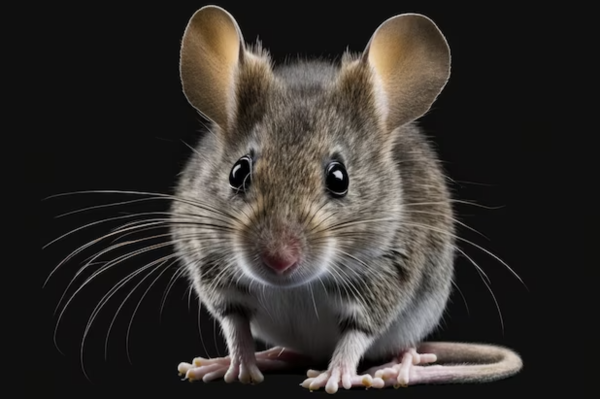
While some animals, like tortoises and whales, can live for centuries, others experience incredibly brief lives, with some existing for mere hours. From the ephemeral mayfly to the labord’s chameleon, these animals demonstrate the variety of lifespans in the natural world. Understanding what animal has the shortest lifespan reveals how evolution has equipped each species to maximize its brief time on Earth, whether it’s through rapid reproduction, efficient resource use, or contributing to ecosystems in short but essential ways.
If you find this exploration of short-lived creatures fascinating, there’s much more to discover about the diversity of lifespans in the animal kingdom!
animal tags: Mayfly
We created this article in conjunction with AI technology, then made sure it was fact-checked and edited by a Animals Top editor.